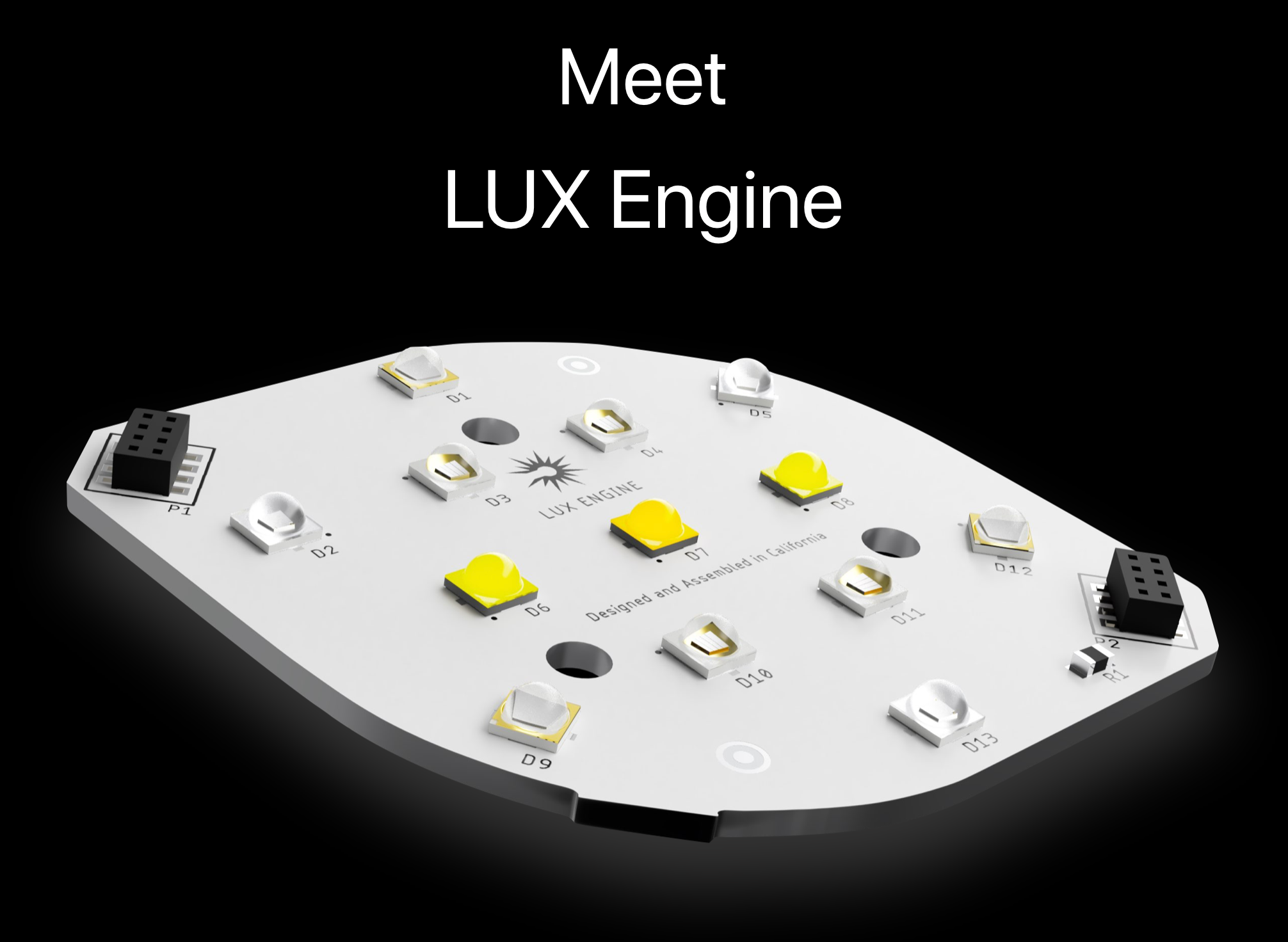What's in a Metal Halide spectrum? What's the secret spectral sauce? How much UV does it really have?
The answer greatly depends on the ratios of the halide salts used, the gasses, and whether the outer fused silica glass has been doped to absorb the UV from the mercury vapor discharge.
With some guidance from @Dana Riddle and independently verified extended range spectrum measurements by @PSXerholic , together, we've quantified the spectral qualities of a DE 250W Phoenix 14000K Hex Arc Blue Metal Halide bulb installed in a Hamilton Cayman Mogul Metal Halide System.
Although the bulb has a narrow spectral peak in the blue band (~453nm), it has representation in the other bands to be a full-spectrum light. When all spectral bands are considered, UV makes ~4.510% (~5%) of the total spectral output. Of the UV, UV-A is the most dominant band, making about 95.520% (96%) of the total UV output. Contrary to expectations, the UV-B representation was low, making about 0.234% (0%) of the total spectral output and about 3.934% (4%) of the total UV output.
In light of these findings, while UV is present in Metal Halides like this 14000K Phoenix, it is minor compared to the other spectrum bands. To further analyze the composition of the UV band, the spectrometer's measurement window was adjusted to integrate from 230-399nm with the same integration time as the full-spectrum measurement (2ms). To account for any potential shifts due to the cover glass, separate measurements were taken with and without the cover glass installed in the fixture.
Our findings are attached below.
[1] Full 14000K Lamp Spectral Composition Analysis (230-850nm)
[2] UV Spectral Composition Analysis With Glass Cover (230-399nm)
[3] UV Spectral Composition Analysis Without Glass Cover (230-399nm)




















